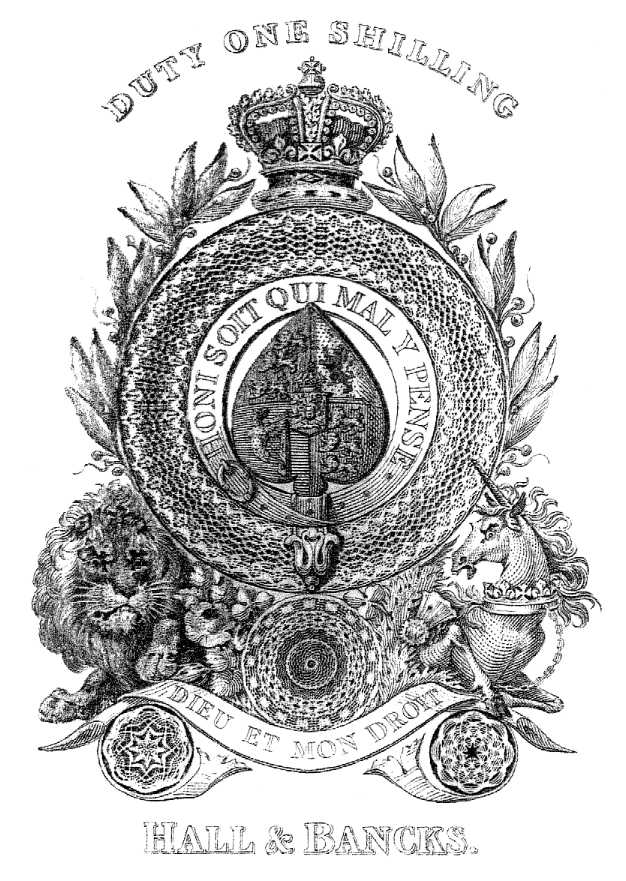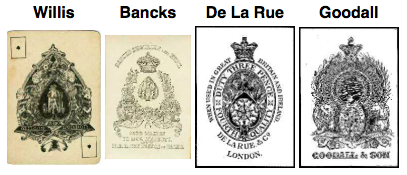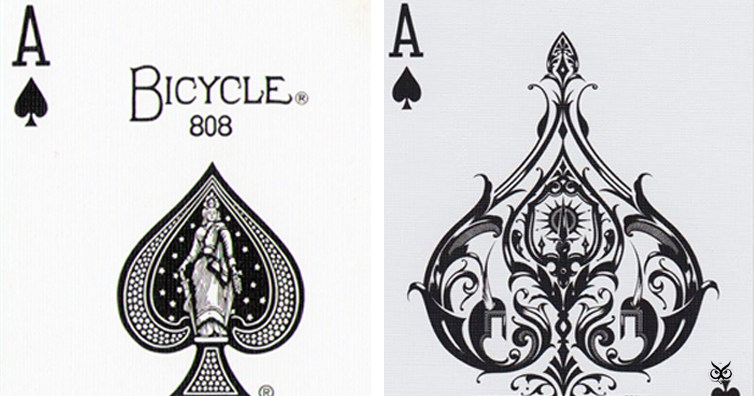The Ace of Spades is hands down the most popular playing card and if you look at any deck of cards, you can really tell how it got its popularity. With its wonderful decoration, no other card is fancier or more distinguishable than the Ace of Spades.
But have you ever wondered why it’s always that specific card that gets all the decoration and not any other card? Well, there’s a pretty good reason for it and to find the answer to that question, we have to go to early-16th century England.
Here’s how it goes. (the article continues after the ad)
The deck that we use today is called the Anglo-American pack and it evolved from the English pack. In the early 18th century, due to their popularity, deck of cards were seen as a source of revenue by the Crown and therefore, a tax was paid on each deck. The first to implement this tax was Queen Anne in 1588, with revisions made in 1628 and 1711 up until the 1960 when the tax was finally abolished as it didn’t worth the trouble collecting it.
Until 1828, in order to show that the tax for a specific deck of cards has been paid, a hand stamp was used on one card after the wrapper had been removed. Here are the stamps that were used at the time:

Because the Ace of Spades was the first playing card you see when you open the deck (it’s always the card on the top), officials used to mark the Ace of Spades with their stamps.
In 1828, the stamp practice was replaced with officially printed Aces of Spades. These cards were printed on behalf of the Commissioners of Stamps by the Perkins Bacon company. When this card was placed inside the deck, it meant that the manufacturing company had paid the reduced shillings (from 30 pence it was reduced 12 pence). Those Aces were known as the ‘Old Frizzle’ and actually looked pretty similar to a bank note:

This practice was used all the way up to 1862, when Duty Ace was abolished (the tax was printed on tax wrappers) and playing card manufacturers were free to add their own designs on the ace of spades. Because it was already a tradition to have decorated Ace of Spades, the manufacturers produced their own designs for branding purposes. Here are some examples:

In the 1960, the tax was formally put to an end but the custom of decorating the Aces of Spades remained and this is why, even today, the Ace of Spades is the prettiest card in the deck.
If you like what you read, then you will definitely love this one: The Interesting Story Of High Heels And How They Were Originally Meant For Men
Photo: Creative Commons, Pinterest
Sources: The Ace of Spades | A Brief History of Playing Cards



